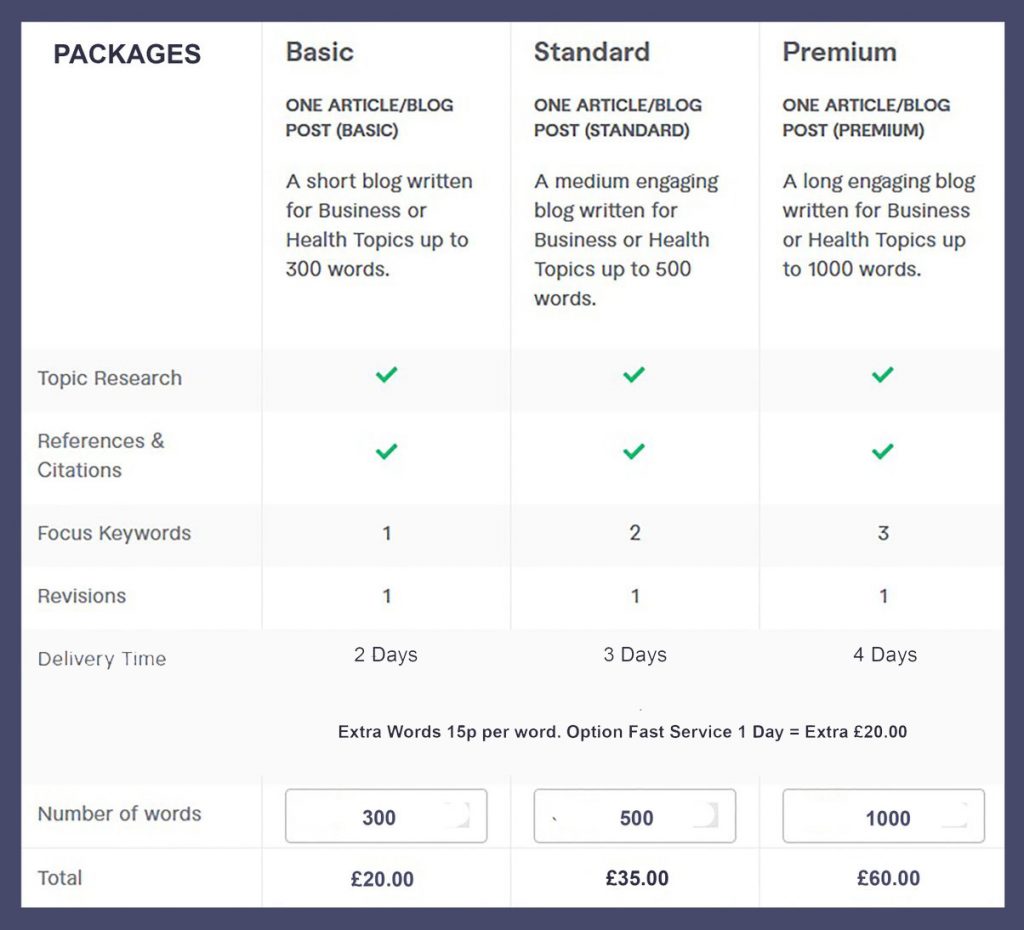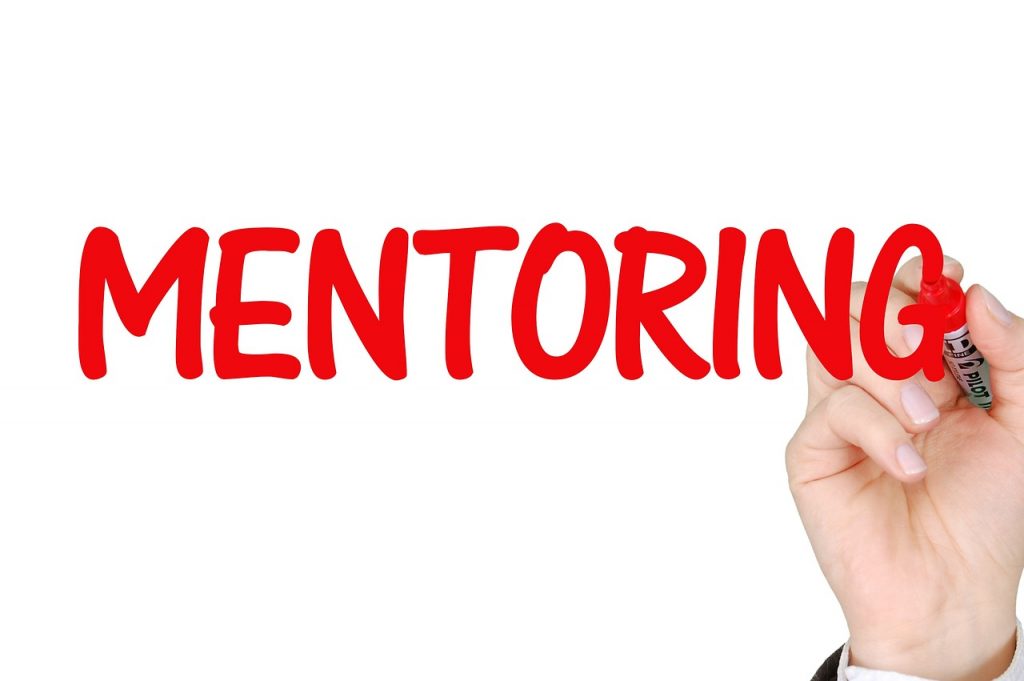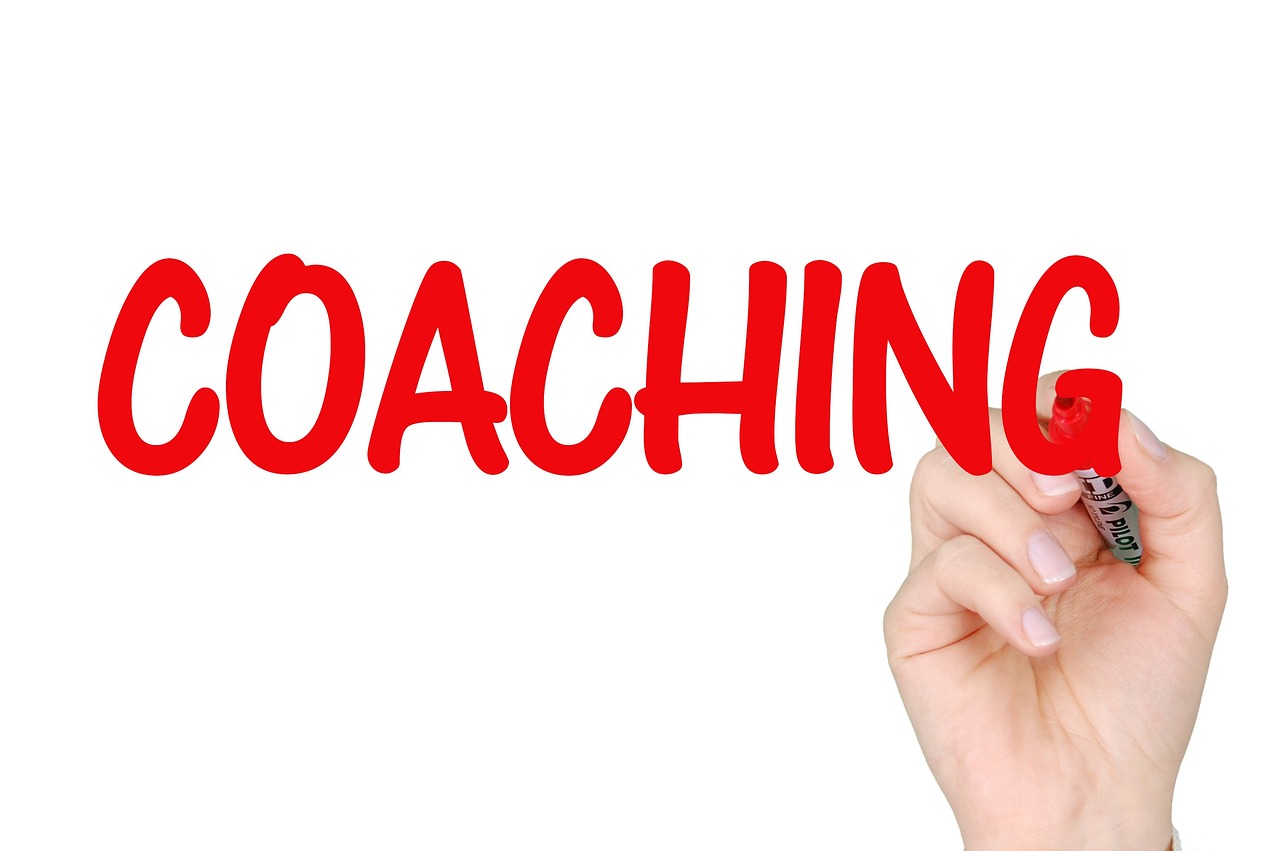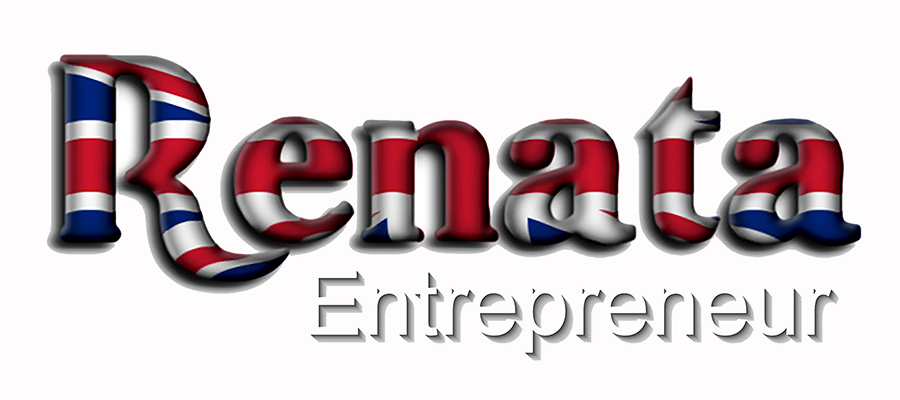The Impact of Wealth Inequality on the Economy With Insights from Gary’s Economics & The Comparison Of Low Income With People On Benefits
In the pursuit of success, the age-old adage, “It’s not what you know, but who you know,” rings true with resounding clarity. While knowledge and skills undoubtedly play vital roles in one’s journey toward achievement, the power of networking and forging meaningful connections cannot be overstated. Rubbing shoulders with the rich and influential not only grants access to exclusive circles but also opens doors to opportunities that might otherwise remain elusive. In a world where relationships can often be the catalyst for advancement, the ability to cultivate and leverage a robust network can be the defining factor between stagnation and progress, between obscurity and success.
Insight Of Economic Theory And Policy
Few topics are as pertinent and contentious as wealth inequality. The distribution of wealth within a society not only reflects its economic structure but also profoundly influences its stability and growth potential. Gary’s Economics, a burgeoning school of economic thought spearheaded by Gary Stevenson, a former interest rate trader and equality campaigner based in London. He gained prominence by becoming Citibank’s most profitable trader in 2011 after accurately predicting an increase in economic inequality, offering valuable insights into understanding the intricate relationship between wealth inequality and the broader economy, with Google being a significant case study in this discourse.
Google, as one of the world’s most prominent tech giants, embodies both the marvels of innovation and the challenges of wealth concentration. Its rise to prominence has been synonymous with the accumulation of vast wealth, primarily concentrated in the hands of its founders, executives, and shareholders. However, this concentration of wealth at the top echelons of the company has far-reaching implications for the economy, which Gary’s Economics seeks to elucidate.
At the heart of Gary’s Economics lies the recognition that excessive wealth inequality can hinder economic growth and stability. When a significant portion of a nation’s wealth is concentrated in the hands of a few individuals or entities, it can lead to several adverse consequences.
Firstly, wealth inequality can exacerbate social tensions and erode social cohesion. As the wealth gap widens, disparities in access to opportunities, education, and healthcare become more pronounced, fostering resentment and disillusionment among the population. This can manifest in various forms, from heightened political polarization to civil unrest, ultimately undermining the fabric of society and impeding economic progress.
Moreover, wealth inequality can stifle economic mobility and innovation. In a highly unequal society, individuals from disadvantaged backgrounds face formidable barriers to upward mobility, perpetuating intergenerational cycles of poverty. This not only deprives society of valuable talent and potential but also constrains overall productivity and innovation. When a significant segment of the population lacks the resources and opportunities to fully realize their potential, the economy as a whole suffers from suboptimal growth and dynamism.
Furthermore, Gary’s Economics highlights the detrimental effects of wealth concentration on consumer demand and market dynamics. When a disproportionate share of income accrues to the wealthy, there is a tendency towards over-saving and under-consumption at the top, leading to sluggish demand for goods and services. This can dampen economic activity, hamper business investment, and contribute to persistent unemployment or underemployment.
Additionally, the concentration of wealth in the hands of a few powerful entities such as Google can distort competition and inhibit market efficiency. Through their immense financial resources and market dominance, these corporations may engage in anticompetitive practices, stifling innovation, and hindering the entry of new competitors. This not only undermines consumer welfare but also curtails the vibrancy of the marketplace, impeding the allocation of resources to their most efficient uses.
In light of these insights from Gary’s Economics, addressing wealth inequality emerges as a paramount imperative for policymakers and business leaders alike. While there is no one-size-fits-all solution to this complex issue, a multifaceted approach encompassing redistributive policies, investments in education and skills development, and reforms to enhance market competition is essential.
For Google specifically, adopting measures to promote greater income and wealth distribution within the company, such as equitable compensation practices and employee ownership programs, could help mitigate the adverse effects of wealth concentration. Moreover, fostering a culture of corporate social responsibility and philanthropy can contribute to addressing societal inequities and promoting inclusive growth.
The insights gleaned from Gary’s Economics underscore the profound impact of wealth inequality on the economy. By recognizing the deleterious effects of excessive wealth concentration and implementing targeted interventions to promote greater equity and inclusion, policymakers and businesses can pave the way for a more prosperous and sustainable economic future.
A Comparative Analysis of People on Benefits: Understanding Socioeconomic Dynamics
The concept of benefits, often provided by governments or organizations, serves as a crucial support system for individuals facing various socio-economic challenges. This comparative analysis delves into the diverse demographics and circumstances of people reliant on benefits, shedding light on their experiences and needs across different contexts.
- Demographic Profile: a. Age Distribution:
- People on benefits encompass a wide age spectrum, from young children benefiting from social welfare programs to elderly individuals relying on pensions and healthcare assistance.
- Young adults may access benefits for education, training, or unemployment support. b. Gender Composition:
- Benefit recipients include both men and women, though certain benefits may be more commonly accessed by one gender due to societal factors such as caregiving responsibilities or occupational segregation. c. Geographic Variations:
- The distribution of benefit recipients varies across regions, influenced by factors such as economic development, job availability, and social policies.
- Rural areas may have different benefit utilization patterns compared to urban centers, reflecting distinct socio-economic dynamics.
- Socioeconomic Background: a. Income Levels:
- Benefit recipients often come from low-income households, where financial resources are insufficient to meet basic needs such as food, shelter, and healthcare.
- Economic downturns and structural changes in labor markets can exacerbate financial insecurity, leading to increased reliance on benefits. b. Education and Employment Status:
- Educational attainment and employment status significantly influence benefit utilization, with individuals lacking formal qualifications or facing barriers to employment being more likely to access benefits.
- Unemployed individuals, including those facing long-term joblessness or underemployment, may require support through unemployment benefits or job training programs.
- Types of Benefits: a. Social Welfare Programs:
- These encompass a broad range of benefits, including cash assistance, food stamps, housing subsidies, and healthcare coverage, aimed at alleviating poverty and addressing basic needs. b. Disability Benefits:
- Individuals with disabilities may access various forms of support, such as disability insurance, supplemental income, and vocational rehabilitation services, to enhance their quality of life and economic independence. c. Retirement Benefits (Pensions):
- Elderly individuals often rely on pensions, social security benefits, and other retirement schemes to sustain themselves financially during their later years.
- Stigma and Social Perceptions:
- Benefit recipients may face stigma and negative stereotypes, perpetuated by misconceptions about laziness or dependency.
- Addressing stigma requires efforts to foster empathy, challenge stereotypes, and highlight the diverse circumstances that lead individuals to access benefits.
Understanding Demographics
Understanding the diverse demographics, socioeconomic backgrounds, and experiences of people on benefits is crucial for designing effective policies and support systems that promote social inclusion, economic empowerment, and dignity for all individuals, irrespective of their circumstances. By addressing systemic barriers and addressing the underlying drivers of poverty and inequality, societies can create more equitable and resilient communities where everyone has the opportunity to thrive.
The adage “the rich get richer and the poor get poorer” encapsulates a persistent and troubling trend in many societies worldwide. This phenomenon is driven by a combination of systemic factors, including unequal access to opportunities, institutional barriers, and structural inequalities.
At its core, the widening gap between the rich and the poor is perpetuated by mechanisms that favor the accumulation of wealth among the already affluent while impeding economic mobility and opportunity for those at the bottom of the socioeconomic ladder. Factors such as regressive tax policies, corporate welfare, and the concentration of economic power in the hands of a few contribute to this cycle of wealth concentration.
Furthermore, globalization and technological advancements have exacerbated income disparities by favoring capital over labor, leading to the outsourcing of jobs, wage stagnation, and the polarization of the workforce. Moreover, the lack of access to quality education, healthcare, and financial resources further entrenches economic disparities, making it increasingly difficult for individuals from disadvantaged backgrounds to break free from the cycle of poverty.
Addressing the root causes of wealth inequality requires a multifaceted approach that encompasses policy reforms, investments in education and skills development, and efforts to promote inclusive economic growth. This includes measures such as progressive taxation, minimum wage increases, equitable access to healthcare and education, and targeted social welfare programs aimed at lifting individuals out of poverty.
Ultimately, tackling the pervasive issue of wealth inequality requires a concerted effort from governments, businesses, and civil society to create a more equitable and just society where everyone has the opportunity to prosper and contribute to shared prosperity. Only by addressing the structural inequities that underpin this cycle can we hope to break free from the detrimental cycle where the rich continue to amass wealth at the expense of the poor, ensuring a more sustainable and inclusive future for all.
Conclusion
It’s essential to recognize that individuals on low incomes face unique challenges in navigating the path to financial stability and prosperity. In today’s dynamic and competitive markets, diversifying income streams can offer a vital lifeline, providing a buffer against economic uncertainties and opening up avenues for growth. For those who are unemployed or living with disabilities, entrepreneurship presents a promising avenue for empowerment and economic self-sufficiency. By harnessing their skills, passions, and resourcefulness to start their own businesses, individuals can not only chart their own destinies but also contribute to the vibrancy and resilience of the economy. Through fostering a culture of innovation, inclusivity, and entrepreneurship, we can create a society where everyone has the opportunity to thrive, irrespective of their circumstances.
Further Reading
- Why even £60,000-a-year income families feel poor (msn.com)
- https://renataentrepreneur.com/irenatas-guide-to-money-management
- https://renataentrepreneur.com/irenatas-guide-to-cost-of-living
- https://renataentrepreneur.com/irenatas-guide-to-living-on-a-shoe-string
- https://renataentrepreneur.com/irenata-says-people-are-struggling-with-rising-heating-costs
- https://www.youtube.com/c/GarysEconomics
ADVERTISEMENT
If you found this article insightful and of high quality and want to explore similar content for your own business, just drop me a line, using the form below.


#wealth #wealthy #inequality #costofliving #poverty #unemployed #disabled #financialdifficulty #money #entrepreneursupport #networking #contentwriting #finances #economics #politics











